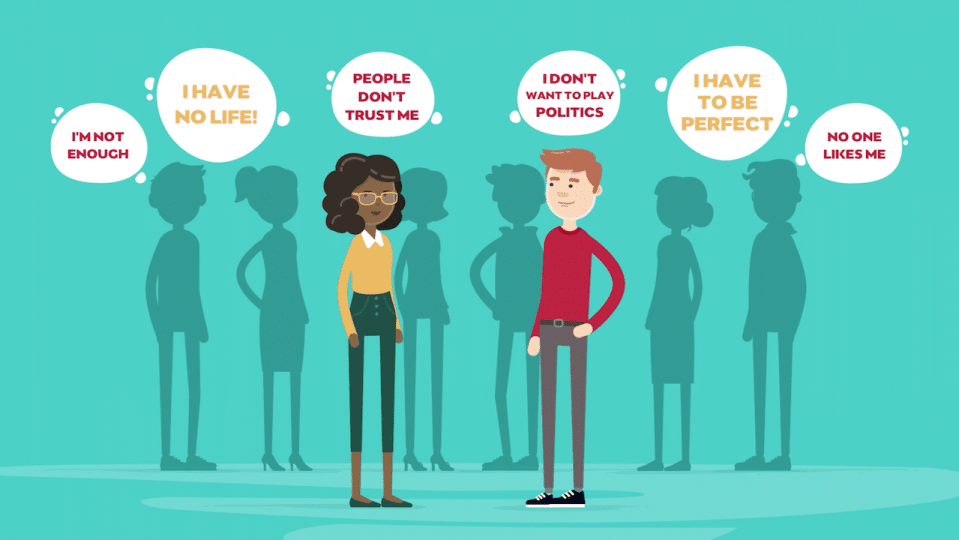Podcast: Play in new window | Download
A Conversation with David Sibbet
A Conscious Collaboration Podcast

Yosh, being a team effectiveness consultant himself, learned about Dave’s work by coming across The Drexler Sibbet Team Performance model – a powerful framework for building high-performance teams. Curious about the influences and concepts behind the approach, we invited David to talk shop and to share some insights from decades’ worth of experience in facilitating creative ways to engage teams and organizations around a vision.
In addition to his ongoing work with The Grove, Dave co-directs The Grove’s Global Learning and Exchange Network (GLEN), a global learning community to evolve the methods and practices of collaboration within and across organizations and cultures. You can also follow Dave on his blog.
Highlights from this episode
- Early influences
- Design thinking and visual facilitation
- The social changes of the 60s
“In order to deal with the problems, we had to collaborate”
“People needed to learn to walk in other people’s shoes long enough so they could start empathizing”
- Collaboration as a practice
- Do people want to? What’s the “inner pull”?
- How can we create the right conditions for collaboration?
- “The door to the future of collaboration hinges on the inner pull. In the past, we ran with our tribe. Now, our survival depends on learning to work with unlike people.”
- SCARF model by David Rock
We pull back from collaboration when we are threatened
- “Edginess” and collaboration
- Co-authoring a book as a challenging example of collaboration
“The places I can go by collaborating are so much richer” - Edginess – the feeling that comes from wanting to work with others” – it’s exciting and demanding
- Robert Fritz theory: Systems change when you resolve structural tensions
- In human systems, that tension is between aspiration (what we want) and constraint (the situation we face)
- Artists and creative folks show that kind of appetite and tolerance for such tension – conscious collaborators will benefit from cultivating this attitude
- Co-authoring a book as a challenging example of collaboration
How do we create a safe environment so people feel it’s okay to experience the edginess and tension that comes with collaboration?
- Use of Self in Change Work
- Our quality of being and how we show up lies at the heart of how we do change work
- “If you do change work only as a method, you can miss to create an opportunity for people to feel the tension/edginess from where creativity and ideas arise”
- “When you make it safe for people to come out [with their truth] – they love it.” A facilitator’s state of being can open or shut down group discussions
- Drexler-Sibbet Team Performance Model
- Key influence: Arthur Young’s Theory of Process
- “Consciousness is a part of nature and needs to be embraced the same as objectivity.”
- Allan [Drexler] brought social science theory to the model whereby people orient themselves in a hierarchy of questions: why – who – what – how
- Why: Purpose and goals aren’t the same. Goals need to connect to with purpose to have the power to ignite joint action”
- Who: People’s sense of relationship and connectedness proceeds thinking
If you don’t have a connection with purpose or you don’t have a connection with people – the ‘juice’ needed to go through the detailed work [of collaboration] isn’t there.”
Enjoy listening and stay tuned for our next episode.


